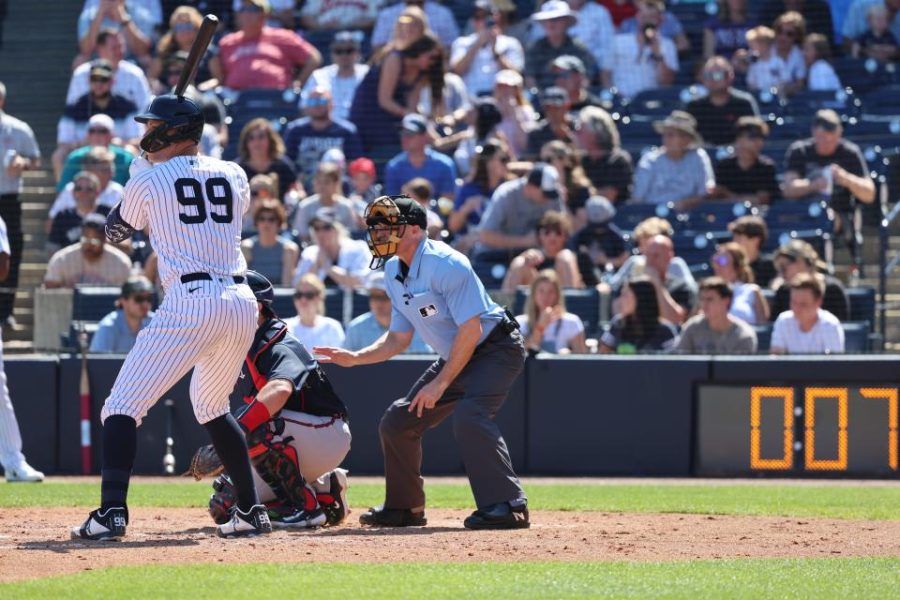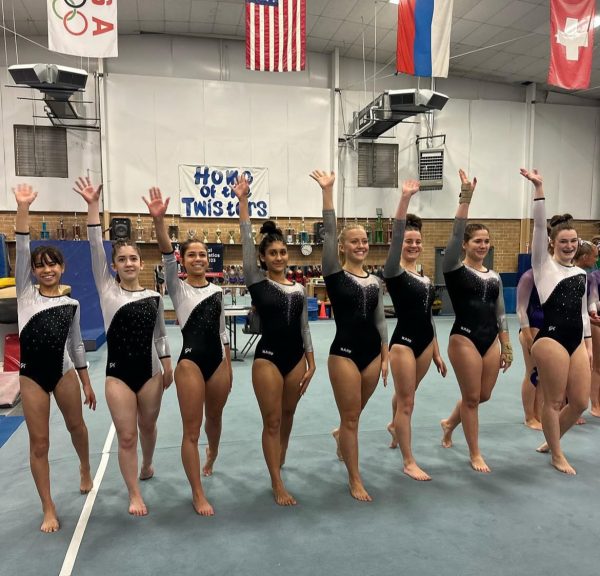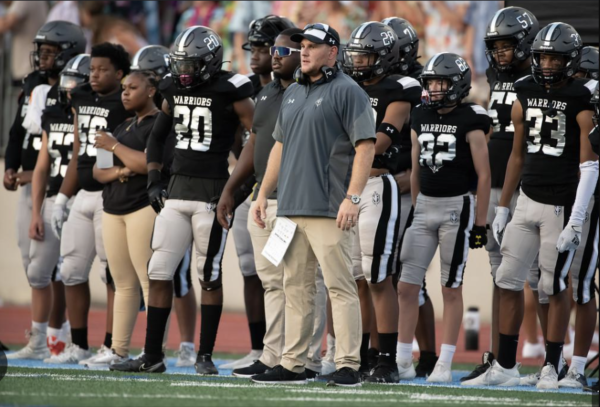For Better or For Worse: New MLB Rules Are Changing the Game
Time is of the Essence: Even MLB’s biggest stars will have to adjust to the new pitch clock.
Major League Baseball (MLB) is a constantly-evolving organization representing a constantly-changing game. Despite the fundamentals of the game staying the same, the sport looks dramatically different than it did just ten years ago. Despite its changing nature, the game is seeing declining viewership in response to the increasing game time and pace of play. On average, a 2022 regular season game lasted just over three hours, which studies have shown is far too long if the league wants engaged viewers.
This season, the MLB has introduced a series of rule changes designed to speed up the game, increase activity, and ultimately, save viewership. The rule changes are:
- A pitch clock (15-20 seconds)
- Banning the shift
- Larger bases (15’’ to 18’’)
These rule changes have been in the works for some time now, being implemented in the minor leagues as early as 2015 —but what does this mean for baseball on the biggest stage today?
The pitch clock is easily the most controversial addition. Pitchers now have just 15 seconds to throw a pitch (20 seconds with runners on base), and if they are not, by rule, “in the motion to deliver a pitch” by the time the clock expires, they are charged with a ball. Additionally, if the batter is not in the box and engaged with the pitcher for eight seconds, they are charged with a strike.
This change is an effort to speed up the pace of play, and thus far—in the minors and Spring Training—the game time has been reduced by more than 20 minutes. Despite this, the rule is not widely accepted and popular. Many players, especially those in the batter’s box, will argue that they have been taught from a young age to slow the game down, but with the pitch clock, they are not being sped up. Some players, like Mets’ ace Max Scherzer, love the rule. “The rule change completely changes the dynamic between the hitter and pitcher,” said Scherzer. “I can totally dictate pace.”
The next rule change is the complete ban of the shift, which has some of the game’s greatest strategists rolling over in their graves. When the regular season starts on March 30, players will be more confined than ever before. The rule states that all four infielders must be on the infield dirt—or grass—at the time of the pitch, with two infielders on each side of second base.
While eliminating some of the game’s strategy—and funniest moments—the change will provide batters more opportunities to get on base and put pressure on the defense. Players like Corey Seager and Carlos Santana, who had defenses in the shift on more than 90% of their at-bats, are expected to put up career numbers due to the new-found gaps on the field.
The last major rule change is the enlargement of the bases. While three inches may not seem like a sizable difference, the league’s speedsters see it as a unique opportunity to snag an extra base and gain an extra step on the catcher. Executives are hopeful that the change will incentivize stealing, making the game more interesting.
Whether or not people appreciate the rule changes coming this year, it remains evident that executives and officials are working to save the game. Following years of declining viewership, 2023 is set to be the year of baseball. With the upcoming World Baseball Classic (the sport’s version of the World Cup) and new rule changes, the game is primed for a revival.












